BOOK A FREE CONSULTATION
Mommy Makeover in Bangalore
Motherhood is a beautiful journey, but it can leave lasting changes on a woman’s body. If you’re struggling with post-pregnancy changes like sagging breasts, stubborn belly fat, or stretch marks, the Mommy Makeover at Curls and Curves Cosmetic Clinic in Bangalore is designed just for you. Our customized procedures aim to restore your pre-pregnancy body and boost your confidence.
What is a Mommy Makeover?
Mommy Makeover is a mix of different cosmetic procedures which are individually customized to treat the physical changes women undergo after giving birth. Generally, it involves breast lifting / augmentation, tummy tuck, liposuction, and in some cases, buttock augmentation or vaginal rejuvenation. Every makeover’s purpose is to be specifically designed to satisfy your desired aesthetic and the modalities of your body.

What is the Cost of a Mommy Makeover in Bangalore
The Mommy Makeover Surgery Cost will be different from one person to another depending on what procedure is included and what are the individual’s needs. At Curls and Curves Cosmetic Clinic, we offer up-front pricing with no unexpected costs and flexible payment options making this life-changing procedure affordable for more women.
Primary Procedures Included in a Mommy Makeover
- Breast Lift and Augmentation :
Every woman has to deal with changes in her body after pregnancy and breastfeeding, one of the most common complaints being breasts that are either saggy or brittle. A breast lift or breast augmentation can replenish both shape and volume. - Tummy Tuck (Abdominoplasty) :
A tummy tuck is a surgical procedure where the excess skin is removed and abdominal muscles are tightened in addition to Liposuction thus giving you a smoother and flatter stomach.. - Liposuction :
Even if a person is on a diet and exercising, some fat pockets may be persistent. Liposuction is a procedure that strictly aims at those areas of the body such as the abdomen, thighs, and hips, for more contouring. - Vaginal Rejuvenation / Tightening :
For women who are looking for ways to rejuvenate their vaginal area after pregnancy, vaginal rejuvenation can improve the sexual life.
Benefits of choosing Curls & Curves for your Mommy Makeover
Centre of Excellence
Guaranteed Results
18+ Years of Experience
Quick Recovery
Advanced Technology
Short Hospital Duration
Benefits of a Mommy Makeover
- Comprehensive Transformation: The Mommy Makeover is a full-body makeover which includes the transformation of the breast, the tummy, and other body parts by taking care of multiple areas in a single / multiple stages.
- Boosted Confidence: Mommy Makeover regains your beauty and self-esteem.
- Customized to Your Needs: Each Mommy Makeover is personalized to your body, goals, and lifestyle.
- Minimal Downtime: Modern techniques allow for faster recovery, making it easier to fit into a busy mom’s life.
Why Choose Curls and Curves for Your Mommy Makeover?
We are an experienced team at Curls and Curves Cosmetic Clinic in Bangalore and always offer quality services to patients. They make sure to have their experienced surgeon perform the body contouring and post-pregnancy cosmetic surgeries. Employing the advanced procedures, we guarantee that your Mommy Makeover is secure and produces the best aesthetic outcomes.
- Experienced Surgeon: Our board-certified plastic surgeon specialize in Mommy Makeover and post-pregnancy transformations.
- Advanced Techniques: We use the latest technologies to perform cosmetic surgery operations with lesser scars and faster recovery than before.
- Personalized Care: From your first consultation to post-op follow-ups, our team ensures that your journey is smooth, comfortable, and tailored to your needs.
Who is a Good Candidate for a Mommy Makeover?
A good candidate for the Mommy Makeover is a woman who is in good health, close to her desired weight and does not plan on having anymore children. The candidates should have the right expectations and should be prepared for the need and dedication for recovery. This combination of procedures may be right for you if you are finished having children and having trouble losing the baby weight.
Recovery and Aftercare
The recovery period for a Mommy Makeover Surgery is usually a few weeks. Initially, most patients can go back to work or take part in gentle activities within two weeks, although they should abstain from heavy exercise for six to eight weeks. For instance, at Curls and Curves, you will receive a comprehensive post–surgery recovery plan coupled with a follow-up schedule.
- Compression Garments: Wearing a compression garment helps reduce swelling and supports your new body shape as it heals.
- Follow-up Care: Regular follow-ups ensure your recovery is smooth, and any concerns are addressed promptly.
- Healthy Lifestyle: Maintaining a balanced diet and regular exercise routine will help preserve the results of your Mommy Makeover.
MEET OUR MOMMY MAKEOVER SURGEON
Dr. GIRISH AC
MBBS, MS, MCh (Plastic Surgery)
Sr. Consultant Plastic & Cosmetic Surgeon
Dr. Girish is the Founder and Director at Curls & Curves
and Sr. Consultant Plastic and Cosmetic Surgeon. With
over 18+ years of experience in conducting a wide range
of cosmetic and plastic surgeries, He is regarded as the finest Cosmetic Surgeon in Bangalore and across India.

AWARDS
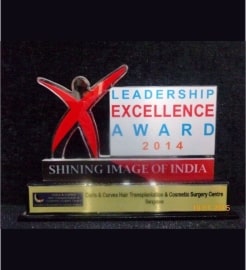

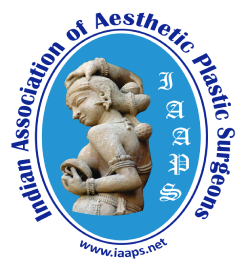

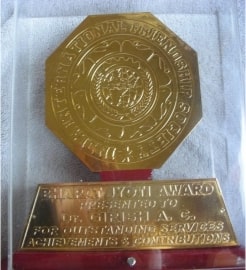




How long does a Mommy Makeover last?
Results from a Mommy Makeover can be long-lasting, especially with proper diet and exercise. However, the natural ageing process will continue, and maintaining a healthy lifestyle is essential.
Is a Mommy Makeover safe?
When performed by an experienced, board-certified surgeon, the Mommy Makeover is a safe and effective way to address post-pregnancy changes.
How long is the recovery time for a Mommy Makeover?
Most patients require about 2-3 weeks of recovery before returning to regular activities, though full recovery may take up to 8 weeks depending on the procedures performed.
Can I have more children after a Mommy Makeover?
While it is possible to have more children, it is generally recommended to wait until you are finished with childbearing before undergoing a Mommy Makeover, as future pregnancies may alter the results.
How soon can I exercise after a Mommy Makeover?
Light activities can usually resume after 2-3 weeks, but strenuous exercises should be avoided for at least 6-8 weeks. Always consult with your surgeon before starting any fitness routine post-surgery.
If you’re ready to reclaim your confidence and transform your body with a Mommy Makeover, contact Curls and Curves Cosmetic Clinic in Bangalore today. Our team is here to guide you through every step of the process, ensuring you feel beautiful and confident in your new body.
Patient Experience with Curls & Curves, Reviews on Google
Meghana s.k
Thanks to Dr Girish. The staff is friendly. They take time to listen to your concerns and answer patiently. Overall I had a pleasant experience and a smooth recovery thanks to them.
Ariya Hegde
It’s one of the best cosmetic hospitals in Bangalore .. Dr Girish is best at what he does .. The charges are reasonable! The hospital is maintained very well .. it’s hygienic and clean I am satisfied with the service I received from the hospital
Linet Kalunda
A year ago I flew all the way from Kenya with the hope and faith that they were the best of the best. And my did they turn out to be the best the service,efficiency, prompt to help and answer all questions that I had before and after my procedure. They have excellent customer care ,excellent support,very professional,very clean and all in all very successful.
Blogs

Vaginoplasty: What to Expect Before, During, and After Surgery
Vaginoplasty is a popular surgical procedure designed to tighten and reconstruct the vaginal canal. It is commonly sought by individuals...
Breast Augmentation: Silicone vs. Saline Implants – Which is Right for You?
Breast augmentation is one of the most sought-after cosmetic procedures globally, allowing individuals to enhance their breast size and shape....

5 Common Misconceptions About Cosmetic Surgery: Separating Myths from Facts
Cosmetic surgery has become increasingly popular, yet it remains shrouded in myths and misconceptions. Societal perceptions and misinformation often prevent...
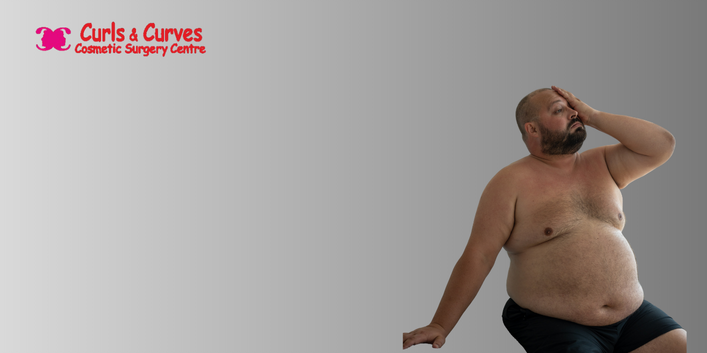
How Can Gynecomastia Surgery Improve Self-Confidence for Men?
Gynecomastia, commonly referred to as “man boobs,” can profoundly affect men’s self-esteem and social interactions. The condition, caused by the...
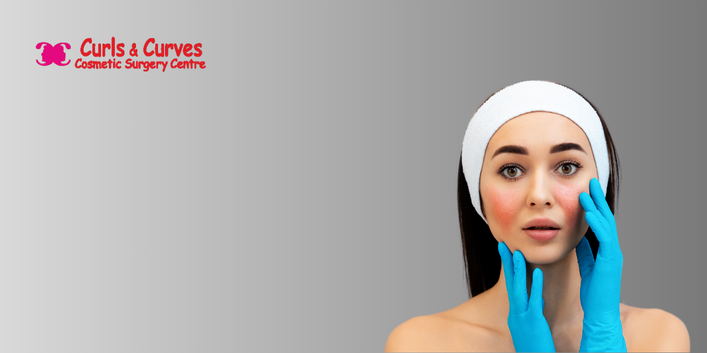
What Questions Should You Ask When Choosing a Cosmetic Surgeon?
Choosing the right cosmetic surgeon is an important decision that can have a profound impact on your results and overall...
